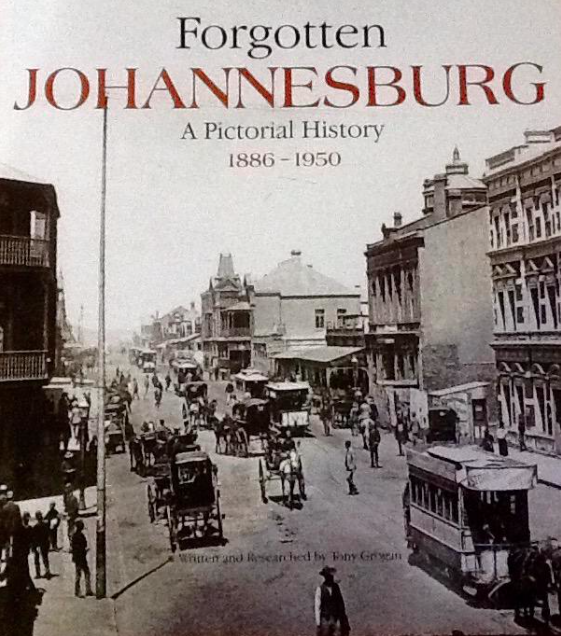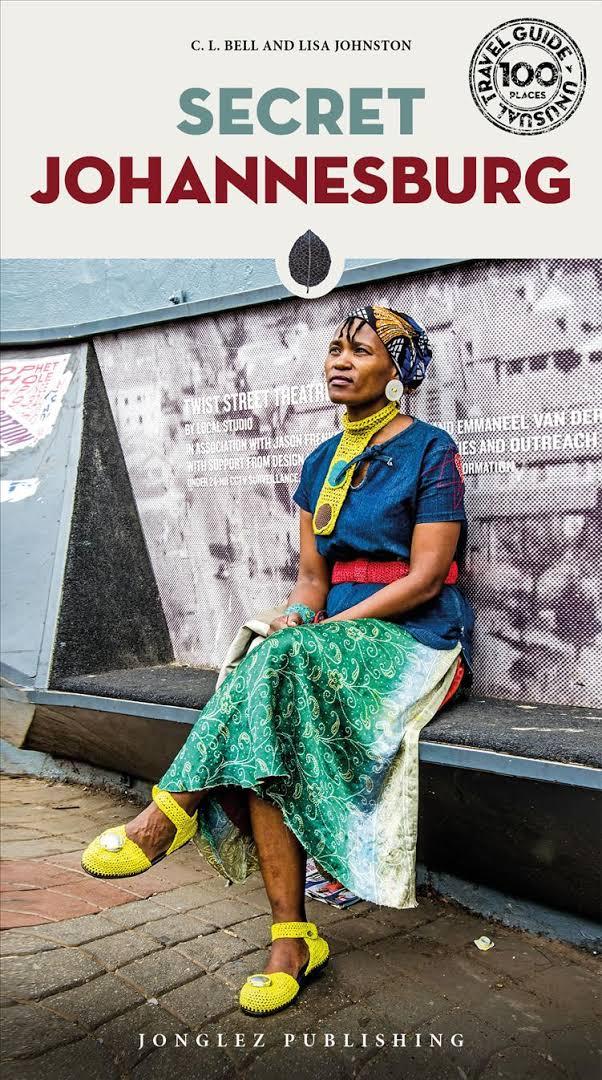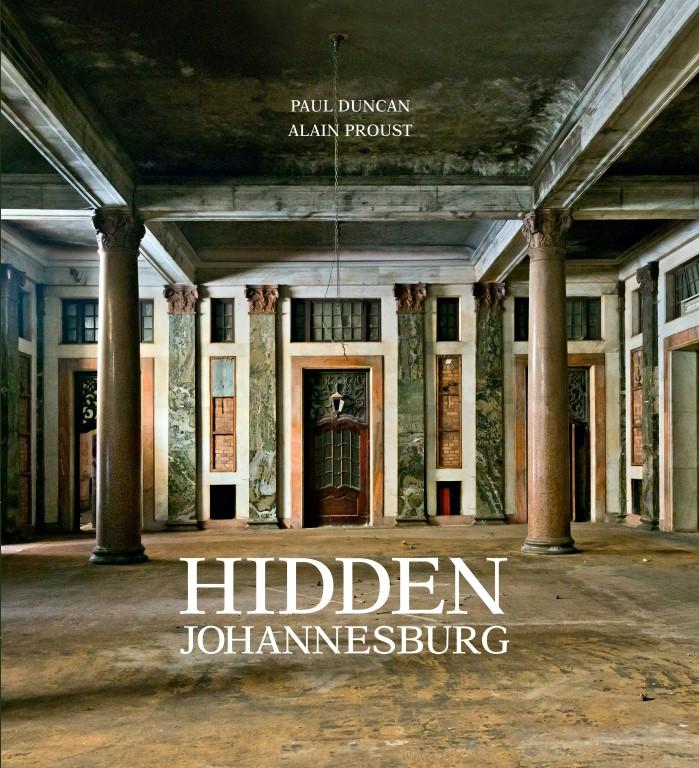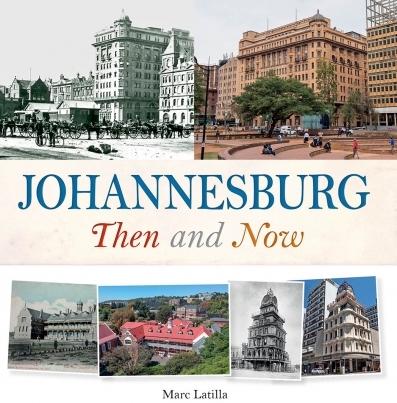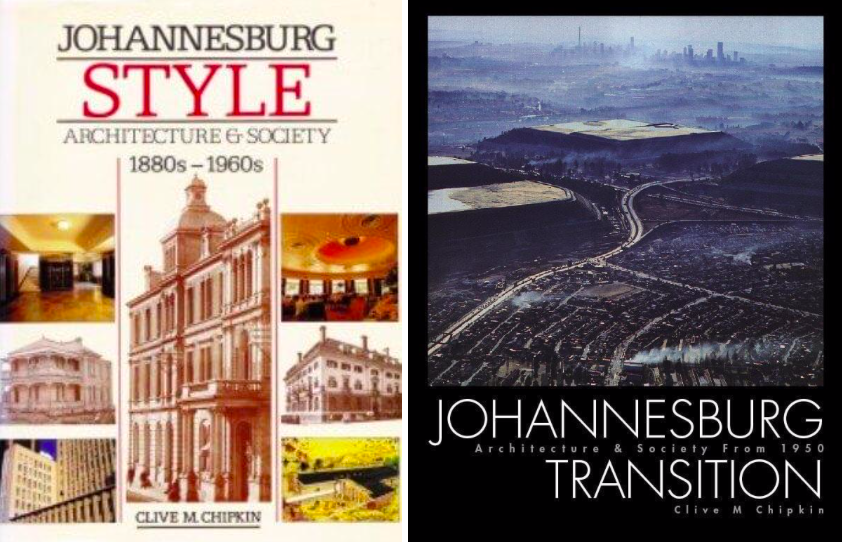
Disclaimer: Any views expressed by individuals and organisations are their own and do not in any way represent the views of The Heritage Portal. If you find any mistakes or historical inaccuracies, please contact the editor.
If you are a Johannesburg enthusiast you will certainly be delighted to acquire four recent Johannesburg books. It seems like almost a deluge of titles on old Johannesburg. A fellow Johannesburg heritage enthusiast threw me the questions: well what is the difference between these books, which one is for me and is it really necessary to buy four books all on Johannesburg?
It is the right time for a quick overview of all four books hence this thumb nail sketch of each one. Remember it is easy to purchase a book when it is current, a first edition and in print but once it slips into the out of print category you will battle to locate a copy (unless there is a reprint and 2nd edition).
Forgotten Johannesburg (2019) by Tony Grogan published by Don Nelson.
This is a handsome book. It is a book of old photographs of Johannesburg covering the period 1886 to mainly 1930, though the book states 1886-1950. It comprises about 400 old black and white photos many of which are very familiar but there are also some "new" images from Cape Archival sources and the National Library (Cape Town sources). The majority of photographs have been scanned from earlier now out of print books – such as the Barnett Collection, Rosenthal’s Rand Rush, Anna Smith’s Pictorial History of Johannesburg and Pearson and Kallaway’s Images and Continuities. All of these earlier books are difficult to find. The captions and an introductory essay have been written by the well-known cartoonist Tony Grogan. The captions are either copied from other sources or give the slenderest outline as the author knows very little about Joburg. This book has a companion volume on Forgotten Cape Town and I consider the Cape Town book far better than the Johannesburg book as the author is on home territory. I spotted quite a few errors in Forgotten Johannesburg. All the same I think the volume is worth acquiring. There is both a soft cover and a hard cover version.
Book Cover
Secret Johannesburg (2018) published by Jonglez Publishing, by C L Bell and Lisa Robertson, places Johannesburg on an international tourist circuit, as there are “secret” books of other cities around the world. There is also a Secret Cape Town. Secret Johannesburg is a small book (it fits in the pocket or handbag) with a big punch. The intriguing title takes the curious on a journey to discover Joburg's little known often quirky treasures. Complete with nifty maps, this guidebook with a difference unearths Johannesburg’s amazing hidden objects, spaces, places, artworks, geology, water features, trees and museums. Here you will find the city’s treasures in microcosm and miniature. It zooms in on the specific quirky, little known wonderful treasures that are to be found in public and private spaces. Every secret is accompanied by a photograph. Produced by a French publisher, it is a cheerful modern tour guide and there isn't an old photo in sight. Discover graffiti, protest treasures, the transport archive, the Diaz cross, art collections, outdoor sculptures, urban gardens, champion trees and so much more. There is enough here to keep the visitor on the go across Johannesburg for at least a month. Unfortunately a super idea is marred by limited research, poor proofreading and a few too many errors for my liking. This is an attractive addition to a Johannesburg library but it is not without flaws. It is a get up and go and explore guide for the moment; it is also a provocative stimulus to compiling your own list of secrets of the city. It is definitely fun to think about and jot down the hidden gems in your own world. See my full review here.
Book Cover
Hidden Johannesburg (2016) by Paul Duncan (text) and Alain Proust (photographs) – published by Struik Lifestyle, offers a wonderful architectural tour of the gorgeous interiors and exteriors of their selection of heritage buildings in Johannesburg. This book is about interesting architectural legacy and heritage survivals. The text is fairly lightweight. The photographs are rich in colour and positioning and their choice of buildings extends across churches, schools, private homes, mining headquarters, the Rand Club, the railway station, a popular pub (the Radium Beer Hall), the city hall, a synagogue, and so much more. 26 Johannesburg treasures are covered plus two from Midrand and Boksburg. Here revealed through the fine camera eye of the experienced photographer Proust we see the best of Johannesburg’s heritage caught at a moment in time, circa 2015. My favourites are those images showing zoomed in and close up detail. In theory this can be a guidebook to a selection of keeping you in awe heritage riches and they usefully supplied contact information. This is one of my favourite books of photographs of Johannesburg. Of course there are omissions but the value of this book is its rare education in how to look at a heritage building. Colour photographs bring out the best of Johannesburg and as a colleague commented “this is the Joburg I wish we saw every day”. Another friend added “this is a book to make you proud of the heritage legacy of the city.” There is a companion volume (equally rich and glorious) on Hidden Cape Town also published by Struik and then a later volume called Inside Kimberly produced in 2018, with a different publisher and a slightly different appearance.
Book Cover
Johannesburg Then and Now (2018) by Marc Latilla (text) and Yeshiel Panchia (modern photograhs) (Struik, Penguin, Random House Publishers). The idea of finding old photographs (the then) and returning to the same spot where an unknown long pass on photographer once stood and taking a modern photograph (the now) is not new but as with all good ideas it’s a good one to replicate for Johannesburg. Johannesburg was founded in 1886 and it did not take long for the photographers to set up shop in studios and as freelancers for newspapers, magazines and commissioned portraits. The author delved into the rich archive of old photographs to find clear photos of the mining camp as it grew into a cosmopolitan city. All the old photographs are reproduced from original sources (not scanned from other books). Marc brings the enthusiasm of his blog site on Johannesburg to bear and together with the photographer Yeshiel returns to old street corners to find out what the place looks like now. It is a super book of black and white old photos and contemporary colour photos; nostalgia mixes with sharp reality in mainly the old inner city of Johannesburg. There is also a matching companion volume on Cape Town. See this article for full details.
Book Cover
If you are interested in building a library of books on Johannesburg, I would recommend purchasing all four of these titles. If you are someone who likes sets then my recommendation is to purchase the companion / twin books on Cape Town.
On the other hand my own “gold standard” of a reflective interesting knowledgeable and wide ranging view on Johannesburg and its evolution remains Clive Chipkin’s two books, Johannesburg Style Architecture and Society (1993) and Johannesburg Transition (2008). He writings form a lifetime of research on the architectural and social history of Johannesburg. He brings his knowledge as an architect of Johannesburg and someone who moves in architecture circles to the text.
Chipkin Classics
These books have the edge because they are scholarly, knowledgeable and still sparkle with wit and erudition. Both books out of print and as with all quality books become desirable and collectable and can and will be found in antiquarian stops and on the internet; but prices vary according to demand. These two books have established themselves as the “investment titles” but I have no doubt that over time the newest additions will establish their own reputations as collectable Johannesburg titles. We eagerly await Clive Chipkin’s third volume which will complete his Johannesburg trilogy!
Copies of the main four books are available via the Johannesburg Heritage Foundation. Tel Eira on 011 482 – 3349 or email mail@joburgheritage.co.za.
Kathy Munro is an Honorary Associate Professor in the School of Architecture and Planning at the University of the Witwatersrand. She enjoyed a long career as an academic and in management at Wits University. She trained as an economic historian. She is an enthusiastic book person and has built her own somewhat eclectic book collection over 40 years. Her interests cover Africana, Johannesburg history, history, art history, travel, business and banking histories. She researches and writes on historical architecture and heritage matters. She is a member of the Board of the Johannesburg Heritage Foundation and is a docent at the Wits Arts Museum. She is currently working on a couple of projects on Johannesburg architects and is researching South African architects, war cemeteries and memorials. Kathy is a member of the online book community the Library thing and recommends this cataloging website and worldwide network as a book lover's haven.
Comments will load below. If for any reason none appear click here for some troubleshooting tips. If you would like to post a comment and need instructions click here.

